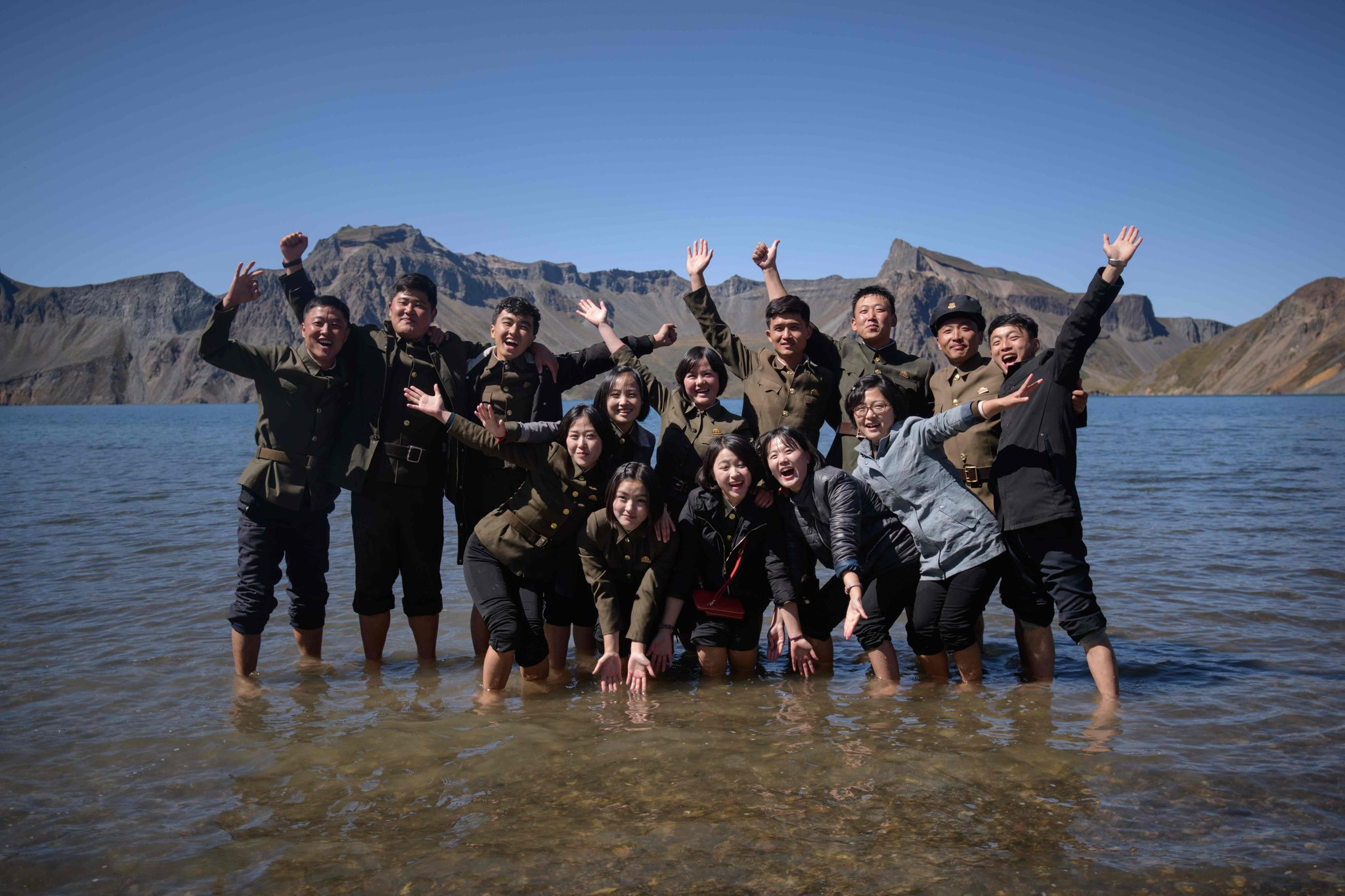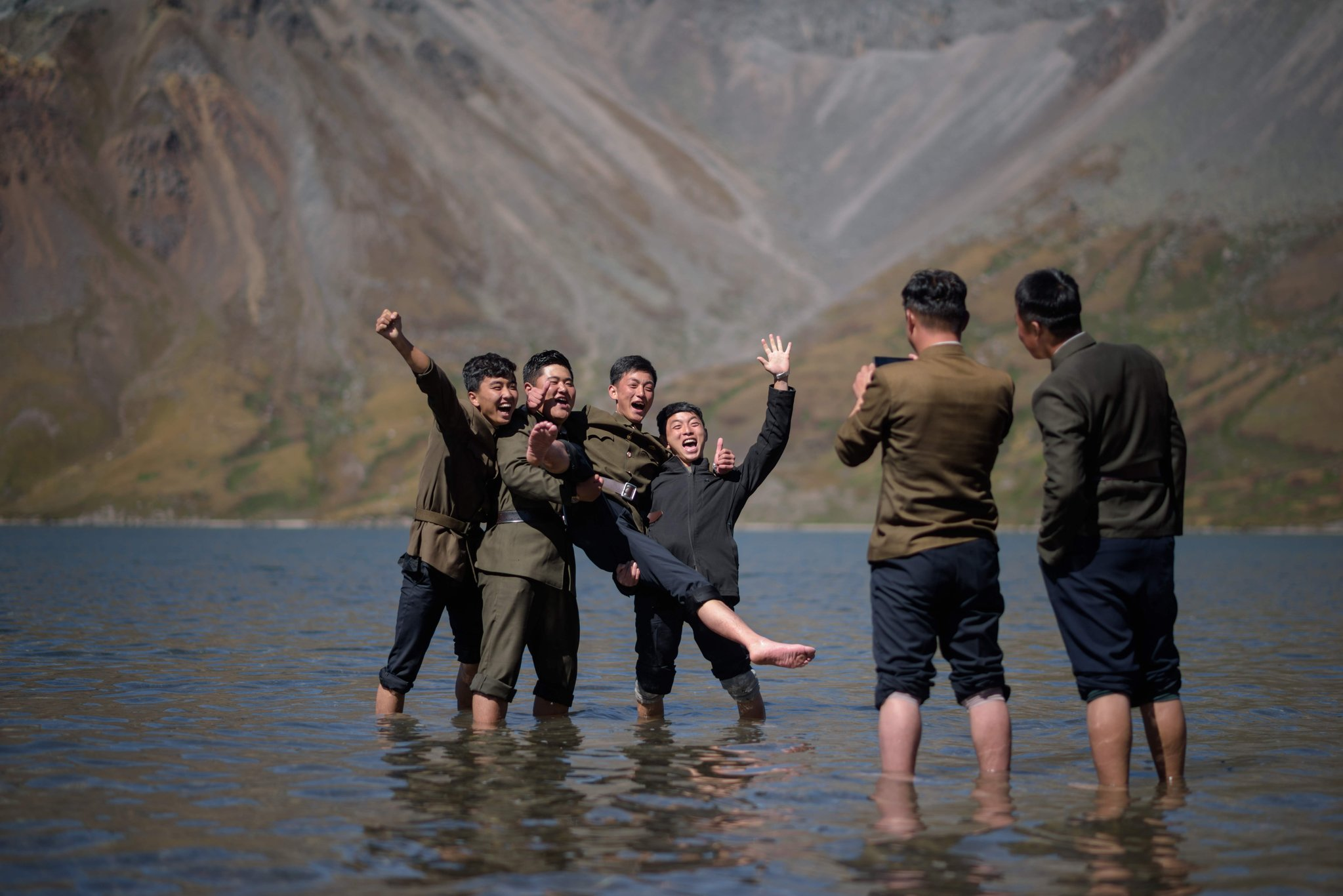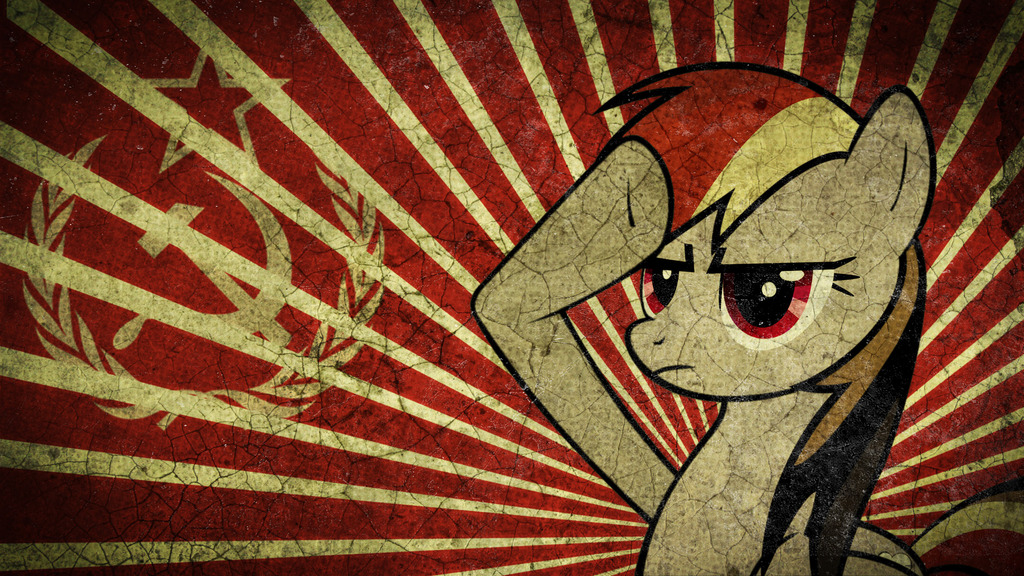When so many people think of a real life example of 1984’s Oceania (fuck you anyway, orwell), the most common one is North Korea.
So how could one easily disprove all these claims?
That’s difficult because there is a lot of layers of brainwashing about it which make it difficult for people even believe their own eyes, for example when seeing a video of a north Korean person smiling they will imagine sadness and terror in the person’s eyes, or seeing something good happen in the country must be some kind of staged show, etc.


Even images of north Koreans doing something as simple as smiling or using a smart phone causes cognitive dissonance in some people. Because a lot of the lies about DPRK are such ridiculous fabrications and distortions of reality, it becomes really difficult to “disprove” this big cloud of nonsense. For this reason I think there is no one single antidote or quick fix to the problem.
I would say one of the things that helps change peoples’ minds is stories about defectors who want to return to DPRK. I think for people who have been heavily propagandized, the fact that anyone would want to return to DPRK after going to south Korea starts to make them question what they have been told about it. The 2016 south Korean documentary “Spy Nation” (자백) also deals with this topic, but goes more into detail about the NIS torture programs to produce false confessions of spying from people as well as the NIS forging documents, along with keeping people in south Korea against their will.
Another thing to consider is that north Koreans used to be able to work abroad until UN sanctions forced thousands of them to return to DPRK in 2017. But it’s possible to see videos from before that time (and a few since), where south Koreans would randomly run into north Koreans while in Russia (no eng subs sorry) and have friendly chats (turn on eng subs), and the north Koreans would explain they are working in Russia but return to DPRK periodically.
I also recommend checking out this video by Ktown Social Club.
Quote from mainstream south Korean news about the problem of fake news about DPRK, quote from a former UN human rights consultant about lies and financial incentives for sensational defector testimonies, and a quote from a pro-unification activist about how US sanctions are killing north Koreans every day
Here’s a mainstream south Korean news article talking about the problem of fake news about DPRK:
Time and time again, conservative outlets and foreign media circulate and reproduce rumors based on questionable sources … once the government or foreign news outlets like CNN become involved, the reports tend to take off like wildfire. The result is an endless feedback loop, where the claims of a “North Korean source (or defector)” are published in the domestic press and then the foreign press, then republished in the domestic press and echoed by the administration, politicians, and defectors in South Korea. Notably, retractions and apologies are rarely ever provided when the reports are shown to be false. (Source)
Here’s a former UN Human Rights consultant who’s been interviewing north Koreans since the 90’s:
There are numerous other stories told by North Koreans that are later found unreliable … there is also a fundamental question about heavily relying on defectors’ testimonies as credible evidence … One of these issues is cash payments for interviewing North Korean refugees, which has been standard practice in the field. … North Korean refugees are well aware of what the interviewer wants to hear. Whether it is the UN COI, the US Congress or the Western media, the question has been consistent: why did you leave North Korea and how terrible is it? The more terrible their stories are, the more attention they receive. The more international invitations they receive, the more cash comes in. It is how the capitalist system works: competition for more tragic and shocking stories. (Source)
Here’s a pro-unification essayist about the ongoing war on DPRK:
This build-out of military infrastructure occurs in the context of the ongoing war against the D.P.R.K. … The labyrinthine financial restrictions and outright bans on items containing metal by the U.S. and U.N. have deprived the D.P.R.K.’s agricultural and medical sectors (along with all other sectors) of basic supplies and funds, and stymied efforts to deliver aid to the more than 15 million people living in poverty. The resulting delays and shortfalls affecting U.N. health programs alone resulted in 3,968 deaths in 2018 — including 3,193 children under the age of 5 and 72 pregnant persons. This figure does not include deaths caused directly or indirectly by shortages of basic necessities, shocks to the local economy, and impacts on critical infrastructure like water sanitation systems. Yet even with this figure of 3,968 deaths in a single year, we can extrapolate that the United States is killing approximately 11 people a day in North Korea, about 9 of them children under the age of 5. (Source)
I would say that a debunking of lies about DPRK would at some point have to include learning about Korea in general. People have been programmed to compare north and south Korea without considering any context of Korea’s history or culture, or even basic facts, such as the fact that south Korea has a bigger population than the north, that south Korea was the country’s agricultural center before division, or that south Korea’s economy developed under a series of right-wing fascist dictatorships with widespread torture, extrajudicial killings, and surveillance and outside investments to prop it up. There are also many things about DPRK that are portrayed as strange or inexplicable in Western media, but that can also be easily seen in south Korea either currently or in the past, or come as a result of Korea’s division.
Another quote from the above essay, about how north and south Korea are compared to each other to legitimize US imperialism and occupation of Korea
Where South Korea offers a vindication of capitalist modernity that transforms conquest into liberal magnanimity, North Korea figures as a permanently abjected enemy whose depravity eclipses and necessitates the domestic and international brutalities of the U.S. world order. Packaged as foils according to the interdependent racial logics of the model minority and yellow peril, the two Koreas, or rather their simulacra, comprise an axiomatic terrain for the resolution of neoliberal contradictions. The extravagant villainy ascribed to the D.P.R.K. functions as a mirror that reflects U.S. settler colonialism back as an idealized Western liberty, affirming military hegemony as moral hegemony. The United States’ dubious distinction as the most carceral, nuclearized and militarized nation in world history is obscured through a fixation on North Korean nuclear weapons, prisons, and autocracy. The war is thus framed as a heroic struggle for the globalization of liberal freedoms rather than an incomplete conquest sustained by the U.S.’ geopolitical investment in the ongoing state of division, war, and occupation. (Source)
For a general overview of demographic info and of living standards in DPRK, which do not paint a picture of a dystopia but rather an ordinary country impacted by sanctions and war, I recommend taking a look at this report, which is co-authored by the United Nations Population Fund and the DPRK’s Central Bureau of Statistics: “DPRK Socio-Economic, Demographic and Health Survey 2014.” (Also, if you’re interested, it’s worth comparing to UNFPA summary of DPRK census population data from 2008.)
A point of note from the 2008 report: “Housing is provided by the government free of charge. It is the responsibility of the state to provide housing to everyone. Hence, there is no homeless population.” (p. 4)
Some points from the 2014 report:
Click for lots of statistics
- 55% of DPRK’s population lives in four contiguous provinces (which includes Pyongyang).
- More than six out of ten people in DPRK reside in urban areas (61.2% of the population), while 38.8% of the population lives in rural areas.
- The majority of the households resided in row houses (42%), followed by single/detached houses (33%). The percentage of households currently living in apartments (25%) is likely to increase in the future.
- The majority of households had access to various consumer durables, with rural households having higher ownership of livestock in comparison with urban households.
- In all, the majority of households in the country, irrespective of place of residence, had access to basic amenities.
- The main source of water supply is piped water into the dwelling unit (82.1 percent) followed by tube-well/borehole (10.5 percent). The two sources together account for over 90 percent of all dwellings. A small percentage depends on public tap or a protected waterhole, while an insignificant percentage depends on unprotected sources.
- Private flush toilets are most common, with over 6 out of 10 dwellings depending on it, followed by private pit latrine. The two sources together accounted for more than 90 percent of toilet facilities.
- Almost all the households are electrified and have electricity connections.
- Possession of television is almost universal and is higher than radio ownership (88%). Over four fifths of the households have at least one bicycle, three fifths own a rice cooker and two fifths each have a landline telephone and a deep freezer or refrigerator respectively.
- The majority of urban and rural households had access to a heating system. Different types of heating fuel were used in urban and rural areas.
- Coal and wood heating systems are the most common sources of heating among the dwellings in the country. Likewise, the majority of dwellings depend on coal and wood as sources of cooking fuel.
- Nine out of 10 households were headed by male members who were aged between 30 and 59 years, and 3.9 members resided in each household on average.
- Nearly seven out of 10 persons over 16 years of age are actively engaged in work. The proportion of rural persons working is marginally higher than urban.
- The majority of the population is engaged in the primary sector and is more or less equally split between secondary and tertiary sectors.
- The knowledge of at least one family planning method is almost universal among women in the DPRK. On average, women were aware of six methods of birth control, and more than 90 percent of demand for family planning has been satisfied.
- All women who received pre-natal healthcare attended more than the WHO recommended minimum of four visits (nearly three quarters of women visited more than 10 times for services during their pregnancy); the majority of women receiving prenatal care reported different services availed as per the standard package of services and all of them were either highly satisfied or satisfied.
- Three-quarter of births occurred in county and village hospitals/clinics, 17 percent in central/provincial hospitals and the remaining nine percent at home. Skilled assistance at birth is nearly 100 percent; even home births received skilled assistance at the time of delivery.
- The expectancy of life at birth is 72 years; the increase in the overall life expectancies is slowly bouncing back to where it was in 1993.
Western media trying not to be sensationalist challenge: nightmare.


